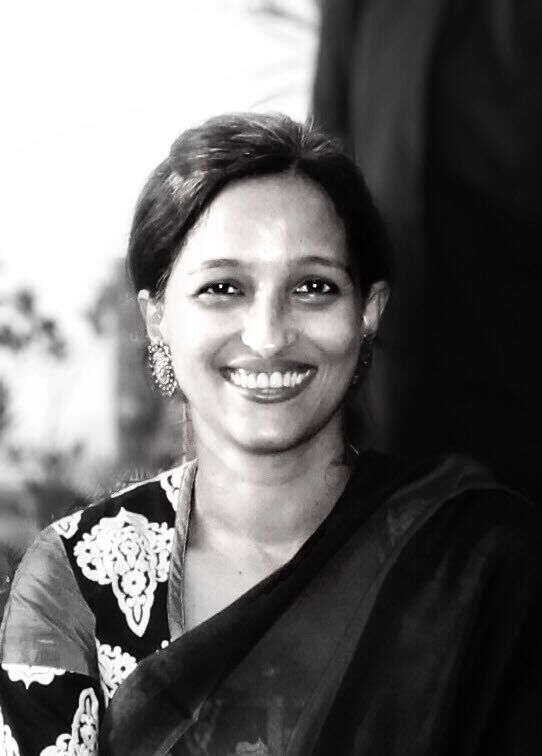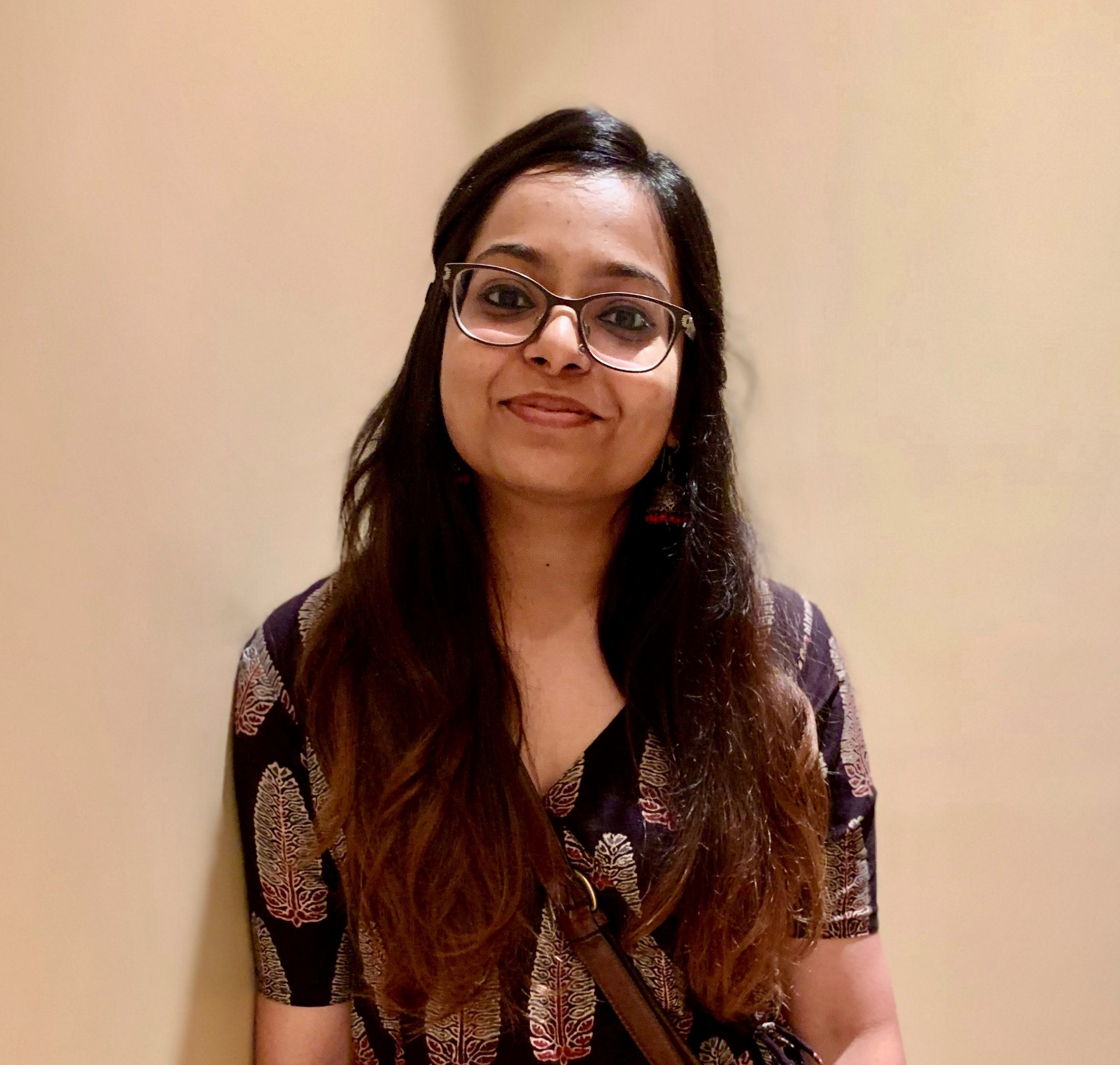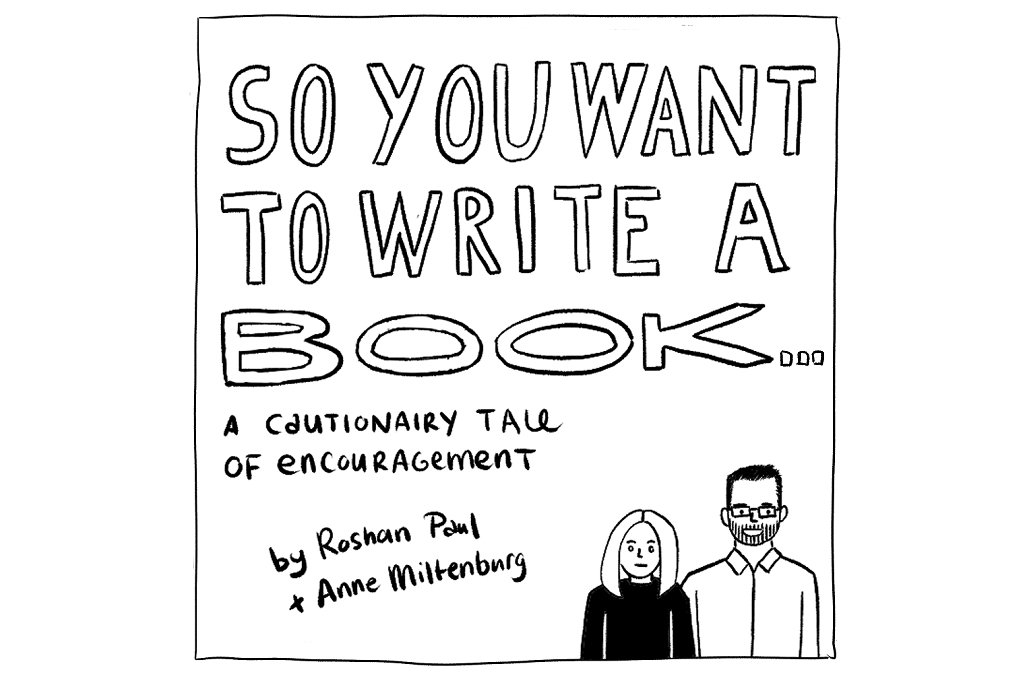Founded in 2007 by HRH The Prince of Wales and a group of British Asian business leaders, the British Asian Trust (BAT) is a diaspora-led international development organisation, delivering programmes in South Asia. They launched the world’s largest education Development Impact Bond (DIB) in 2018. The Trust collaborates with nonprofits, governments, donors, and other key stakeholders to enable the successful usage of outcomes-based financing tools. It also works in partnership with the UK Government Outcomes Lab at the University of Oxford and the Impact Bond Working Group to contribute to global research and development to grow the outcomes financing sector.
In this interview with IDR, Abha Thorat Shah, a founding member of BAT and the head of its Social Finance portfolio for South Asia, and Saleem Khan, India Director of BAT, elaborate on the importance of social finance, their experience of launching a development impact bond in India, and what it takes to work with different stakeholders in the social impact space.
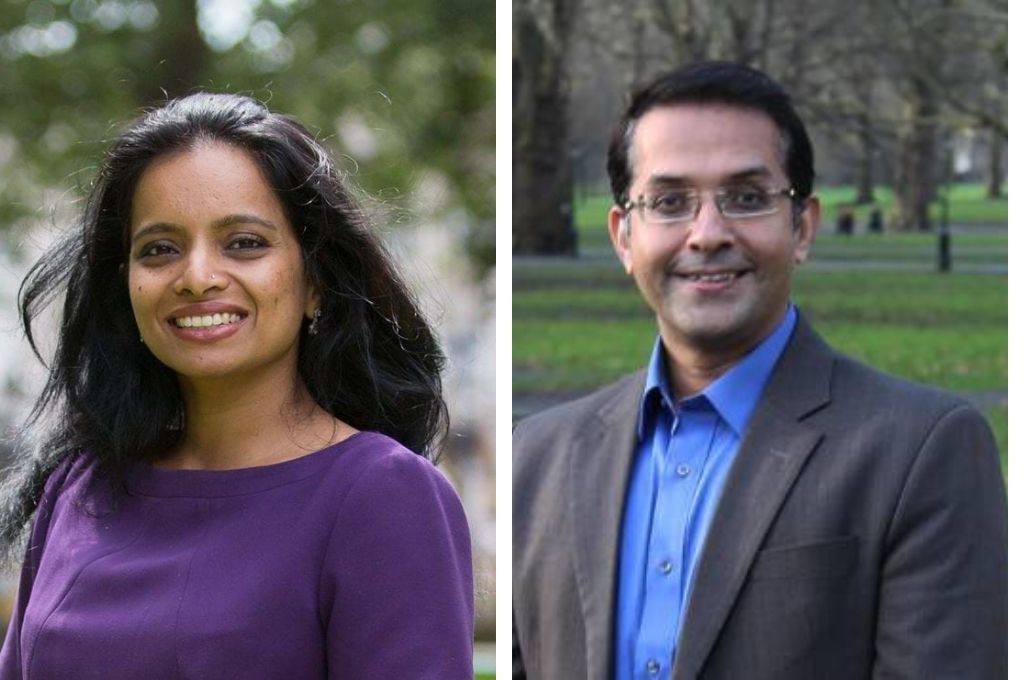
What has BAT’s journey been like in the past three years and why did you choose to go down the path of outcome-based financing?
Abha: Having been in the sector for a while now, we realised that while some development problems can be solved through philanthropy, there are many others that might benefit from a different approach. As social sector practitioners, we usually assess how we can do better work, be it through our programmes, monitoring and evaluation systems, or technology.

However, when it comes to financing, the approach has been limited to grants, or at best, impact investing. From our substantial experience of working in South Asia, we knew that while philanthropy by itself could be incredibly positive, it was not enough.
There was also the DNA within the organisation and the diaspora—ambitious, risk-taking, and a passion to create impact at scale. Moreover, HRH The Prince of Wales—our Royal Founding Patron—has been a supporter of social finance for a while now, having funded social impact bonds in the UK. So, we found support for our work very quickly.
Could we achieve bigger and better impact if financial tools are approached differently?
However, the real driver for us getting into this space was to explore critical answers to the questions we had around the impact of existing development solutions: Could we achieve bigger and better impact if financial tools are approached differently? What needs to change and how do we do it? Could we try new approaches and leverage new sources of finance to do this? Which types of social problems are better suited to this approach?
The need to think differently about funding, outcomes, and programme effectiveness was the starting point for us. And having asked ourselves the above questions, we made the decision to expand our work to embrace social finance.
What was the appetite for this new approach from other stakeholders?
Saleem: In India, when we were initially exploring potential funders for the Quality Education India (QEI) DIB, what came through repeatedly was the interest among donors to look at new forms of funding. This was driven largely by the realisation that the traditional approach of deploying grants did not offer them any certainty of results. Large foundations and CSR funders were also keen on exploring innovative funding vehicles that would offer them an opportunity to create long-term sustainable impact. Once we identified and recognised this, we decided to build on that.

Abha: Doing something new always takes time. So, while there was an appetite, we still had to convince a wide range of stakeholders within an organisation about the potential of impact bonds as an effective and efficient mode of financing. This was particularly difficult because at that point in time, there was no evidence to back our claims—while impact bond had been used in the UK and US, evidence to support our work in India or South Asia did not exist. We also had to prove to stakeholders and donors that we had skin in the game, and work on co-creating the solution with them.
We had to convince a wide range of stakeholders about the potential of impact bonds as an effective and efficient mode of financing.
Fortunately, we found like-minded organisations, especially the UBS Optimus Foundation, the Michael and Susan Dell Foundation, and the UK Government’s Foreign, Commonwealth and Development Office (FCDO). We worked closely with them to develop the largest education DIB in the world and together brought others from the private sector, foundation world, and nonprofit sector, to come on board. This eventually led to a collaboration of 15 partner organisations including the Mittal Foundation, the UK Government’s Department for International Development (DFID), BT (British Telecom), and the Larry Ellison Foundation. We have also been supported by funders like Tata Trusts on our broader social finance work in India.
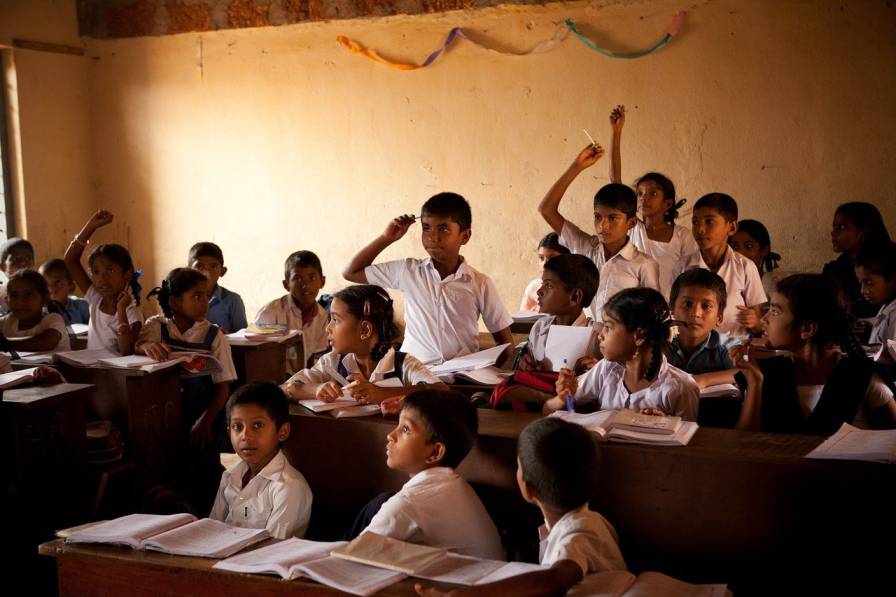
In contrast to other countries, what is it like to launch a DIB in India? What is easier to do here and what is harder?
Abha: India has all the ingredients that make for a successful recipe for pay-for-success work—entrepreneurs, service providers, dynamic nonprofits, and social enterprises. We also have governments who are increasingly willing to partner, funders who are willing to take risks and come on board, and strong, robust technical intermediaries like Dalberg and Gray Matters.
Essentially, there exists a philanthropic ecosystem in the country that is helpful, supportive, and willing to test new ideas, and evolve these ideas further. It is possible to have a funding conversation there based on results, as opposed to one focussed merely on inputs.
Saleem: We are seeing this openness to experimentation play out with the National Skills Development Corporation (NSDC), as well. They lead the skilling ecosystem and have always been open to new forms of financing. Pay-for-success funding tools are critical as they can help drive employment outcomes like retention in jobs, and address the gender imbalances that exist in the market.
NSDC wanted BAT to bring in the technical knowledge and capital to trial this innovative approach at scale. We are currently working with them to launch a fund later this year to drive these collective objectives, and will be working with a range of partners once again.
You have had to take on the role of a market maker in this space in the past three years. Apart from this, what different roles have you played in this period?
Abha: To make social finance work we have taken a flexible approach—raising funds where needed, drawing the right technical partners together, working and supporting advocacy efforts as required, and ensuring that all our work contributes to the research and development of new work in this field.
How can finance, if applied differently, lead to better and more sustainable impact?
We always work collaboratively and start with a focus on scale. Wherever possible, we try and partner with the government or government agencies and share all our learnings with them. We also ensure that we put out evidence of pay-for-success work done till date in the form of research that helps the rest of the sector.
For BAT, our key driver is not to sell impact bonds or other pay-for-success tools to partners. We always start with the development challenge at hand and then ask ourselves: How can finance, if applied differently, lead to better and more sustainable impact?
Are there certain kinds of players, certain types of profiles that lend themselves better to this ecosystem? What would it take to make it a more robust ecosystem?
Saleem: We believe that all players can work in this space. All they need is a willingness to experiment, to use data to guide decisions, to collaborate, and to share evidence with the rest of the sector.
The ecosystem will grow as the government starts taking a more active role and addresses some of the key legal and operational barriers.
The ecosystem will grow as the government starts taking a more active role and addresses some of the key legal and operational barriers that make this model difficult to implement or operationalise. We also believe that if nonprofits and other social sector organisations have access to the right tools and information they can be partners on future pay-for-success projects. For example, investment in monitoring and evaluation systems, the ability to use the learning from that to change programmatic work, and strong financial systems that enable them to price outcomes correctly.
What do you take away from your learnings and experience working on the QEI and now moving on to NSDC? What are your expectations for the future?
Abha: We have learnt many things. These include learning how to drive multi-party projects in an effective and collaborative manner so that it works for all concerned, while also making sure that we solve all the legal and regulatory issues of a programme early in the process. And finally, the last three years have reinforced what many of us already know—that no one organisation can build the sector. It is therefore imperative to work with a wide range of partners, peers, and other players to address our world’s most pressing challenges together.
Saleem: In the future we hope to continue to drive new financial solutions where they are most needed—in education, workforce readiness, health, and the climate.
—
Know more
- Explore this guide to know more about impact bonds, the available evidence to date, and how it is being practiced in different countries.
- Learn more about the scope and limitations of using impact bonds in the education sector in India.
- Understand how the efficacy of impact bonds in the education sector can be scaled.

